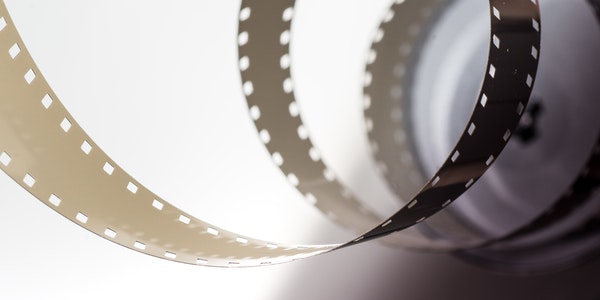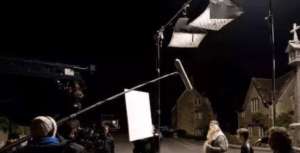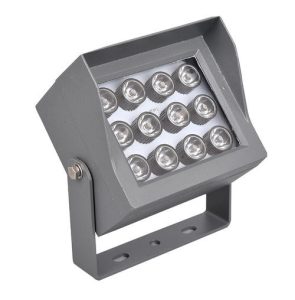What are the lighting Requirements for Portrait Photography?
Portrait photography is not as difficult as imagined. It is necessary to master the basic knowledge of using light
before getting started.
- The light texture and color temperature are different in different regions and time periods. Then the traditional indoor studio lights should choose some brands with stable output, good light quality and accurate color reproduction. He feels very good about the domestic lamps he uses now, especially the light quality is very good, and the reflection of the character’s skin texture is particularly good.
2. Light consumption, that is, the angle of lighting and the level of lighting, directly determine the quality and effect of the image. Regardless of whether it is a single unit or multiple units, the lighting should be carried out from the same angle, otherwise the light will appear very chaotic, and sometimes even contradictory light will be produced, which will destroy the overall picture and composition. All in all, lighting is a relatively high technical aspect that requires photographers.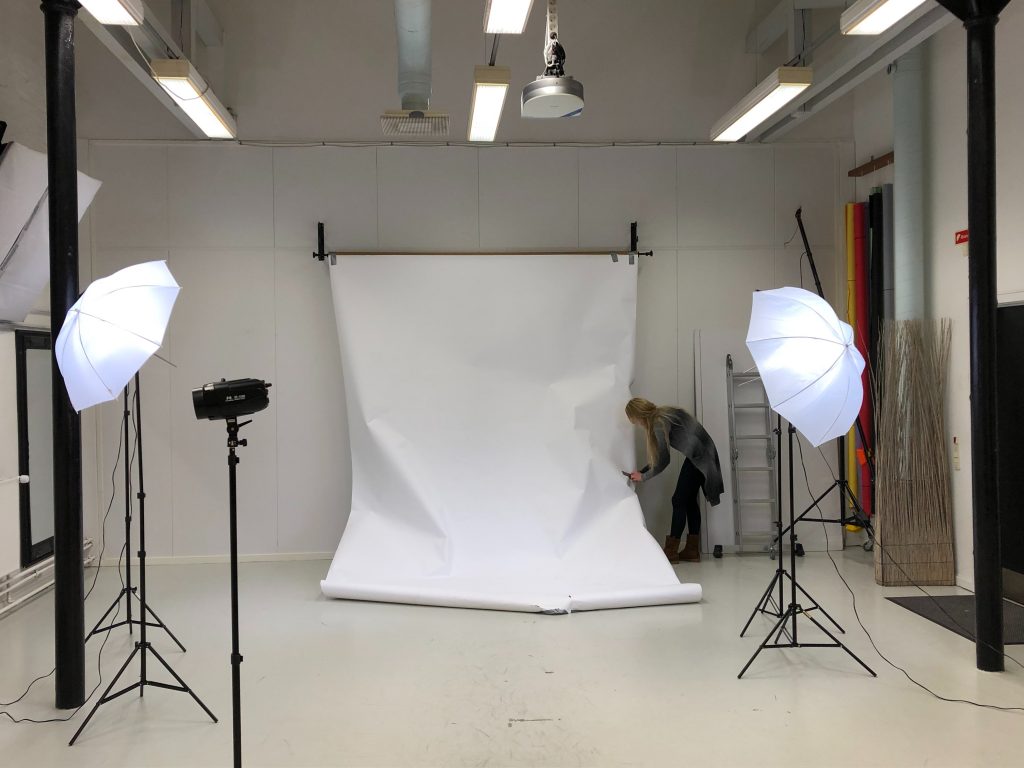
There are generally the following commonly used lighting methods:
- Large flat light: It is the most commonly used lighting method for traditional images. Generally, 5-6 desk lights are needed, one main light, one auxiliary light, floor light, and top light, and one or two background lights. Then use the eyes of the person being photographed as the test standard to make all the tested lamps reach the same value. This lighting method makes the image light softer, the exposure everywhere is more uniform, and the image is beautiful.
Function: Remove eye bags, eliminate nasal ditch shadow, beautiful image.
- Triangular light: the main light is located directly above the person being photographed 45 degrees down, and the camera is pointed at the eyes. The other auxiliary light sources and light ratio control are slightly weaker than the main light. In this way, a triangle shape will appear on the cheeks on both sides of the nose, which can make the bridge of the nose straight.
Role: Make the bridge of the nose straight and straight.
- In shade and sunlight: the main light is located 45 degrees above the side of the person being photographed, with the nose beam as the boundary. One side is bright and the other side is dark. This lighting method is more conducive to portray the character’s mood. The projection of the bridge of the nose appeared on the other side of the cheek, making the bridge of the nose look firm and the eyes strong.
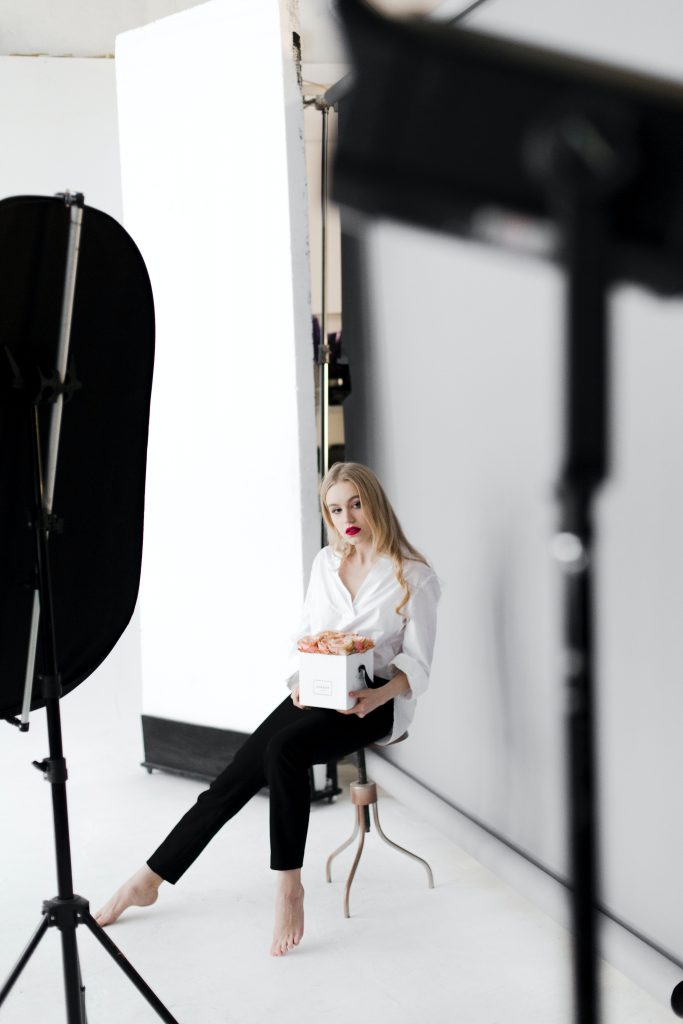
Function: Make the bridge of the nose tall and straight, and the eyes are brilliant.
- Modification light, the light position is generally at the diagonal position of the main light, mainly to control the light ratio and change the color of the overall image. The lighting should be harder to separate the characters from the background and highlight the contour light. This can not only enrich the picture, but also highlight the sense of hierarchy. And without this light, the film would be a bit dead and the characters would be lifeless.
Function: Brighten hair, skin lines produce shadows, strong texture, and three-dimensional characters.
What are the basic requirements for photography light?
Six elements of photography light
Photography is inseparable from light. The use of light for photography has two basic purposes, one is to provide sufficient lighting to meet the needs of exposure, and the other is to control the reproduction of the subject. The feeling of light is more important and expressive. Some lights are hard, dazzling, gathering, and direct. Some light is soft, soft, diffuse, and indirect.
In photography, light energy affects the shape, tone, color, sense of space, beauty and reality of the subject. Light can also strengthen or weaken or even eliminate certain aspects of the subject’s performance.
Six basic factors of photography light:
The six basic factors of photography light are luminosity, light level, light quality, light type, light ratio and light color. Mastering these six factors is the basic skill of photography.
1. Luminosity
Luminosity is the general term of the luminous intensity of the light source, the illuminance of the light on the surface of the object and the brightness of the surface of the object (the luminous intensity of the light source and the irradiation distance affect the illuminance, and the size of the illuminance and the color of the surface of the object affect the brightness). In photography, luminosity is directly related to exposure.
In terms of composition, exposure is closely related to tone or color reproduction. Rich tones and accurate color reproduction are based on accurate exposure. Conscious overexposure and underexposure also need to be based on accurate exposure. Therefore, mastering the basic skills of luminosity and accurate exposure can actively control the tone, color and contrast of the subject.
2. Light Position
Light level refers to the position of the light source relative to the subject, that is, the direction and angle of the light. The same object produces different shading effects under different light positions. The light level in photography can be ever-changing, but, in summary, there are mainly seven types of front light, front light, side light, back light, backlight, top light and foot light.
(1) Frontal light: The light comes from the front of the subject, which is called “flat light, forward light, and high-position light according to the angle. The subject illuminated by the front light makes you feel bright, but the three-dimensional sense is poor and lacks The light and shade change, the exposure latitude when shooting with the front light is large. In the light portrait, the front light is often used as auxiliary light.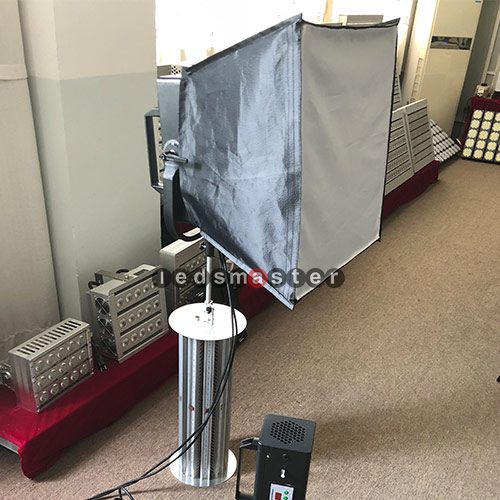
(2) Front side light: refers to the front side light in a 45-degree orientation. This is the most commonly used light position, and the scene illuminated by the front side light is full of life and three-dimensionality. In light portraits, the front side light is often used as the main light, usually on the other side of the character’s face, the right side light is used for the face left, and the left side light is used for the right face.
(3) Side light: also known as 90-degree side light, the subject has a yin and yang effect under side light. It is a dramatic main light position in portrait photography, which can highlight the strong contrast between light and darkness.
(4) Backlight: Also known as “side backlight”, the light comes from the side and back of the subject, which can produce contour lines on one side of the subject and separate the subject from the background, thereby enhancing the three-dimensional and spatial sense of the picture.
(5) Backlight: Also known as “backlight”, the light comes from directly behind the subject. Backlight can make the subject produce vivid contour lines, separate the subject from the background, and make the picture have a sense of three-dimensionality and space. One very important aspect of backlight composition is to make the picture have a dark background, otherwise the contour lines will not be eye-catching. Backlighting is also conducive to the performance of animal groups.
(6) Top light: The light comes from directly above the subject, such as the sun at noon, the top light will cause undesirable heavy shadows on the face of the person, and portraits are usually avoided.
(7) Foot light: The light comes from below the subject, which is a kind of light direction often used to ugly people. There is no light in natural light.
3. light Quality
Light quality refers to the nature of light gathering, scattering, softness and hardness. The characteristic of spotlight comes from an obvious direction, and the shadow produced is clear and dense. The characteristic of astigmatism is that it comes from several directions, and the shadows produced are soft and not clear. The softness and hardness of the light depends on several factors. The narrow beam is usually harder than the broad beam. For example, the sun on a sunny day illuminates the subject from an angle with obvious directivity, which is a direct hard light.
When there is fog in the sky, sunlight is spread over a wide area, emitting light from many angles, which is a soft light. Another example is that the direct flash of an electronic flash is a hard light, and the bounced flash is a soft light. Hard light can make the subject produce a strong contrast between light and dark, which is helpful for the expression of texture; soft light is good at revealing the shape, shape and color of objects, but not good at expressing texture and details. Hard light is often more vibrant than soft light.
4. Light type
Light type refers to the role of various light in shooting.
(1) Main light: also known as “shaping light” refers to the main illuminating light used to display scenery, express texture, and shape images.
(2) Auxiliary light: also known as “fill light” to increase the brightness of the shadows produced by the main light, reveal the details of the shadows, and reduce image contrast.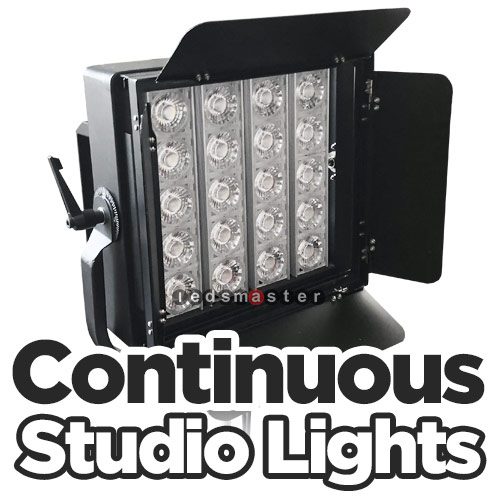
(3) Modification light: also known as “decoration light” refers to the strengthening and shaping light added to the part of the photographed scene, such as luminescence, eye light, and flare light of craft jewelry.
(4) Contour light: refers to the light that composes the contour of the subject. Backlight and side backlight are usually used as contour light.
(5) Background light: The light illuminates the background behind the subject to highlight the subject or beautify the picture.
(6) Simulated light: It is also called “effect light” to simulate a certain scene light effect and added auxiliary light.
5. Light Ratio
The light ratio refers to the difference in the amount of light received by the bright part and the dark part of the main part of the subject, usually the difference between the main light and the auxiliary light. The light ratio is large, the contrast is large, which is conducive to the performance of “hard” effect, the light ratio is small, the contrast is small, which is conducive to the performance of “soft” effect. For example, the large light ratio is often used when shooting the elderly, and the small light ratio is often used when shooting the children. There are three main ways to adjust the light ratio: adjust the intensity of the main and auxiliary lights, adjust the distance between the main and auxiliary lights and the subject; use reflectors and flashes to fill the dark areas.
6. Light Color
Light color refers to the “color of light” or “color light component”. The light color is usually called “color temperature”. Light color is important both in expression and technology. Light color determines the warm and coldness of light, which can cause many emotional associations. The significance of light color to composition is mainly manifested in color photography.

